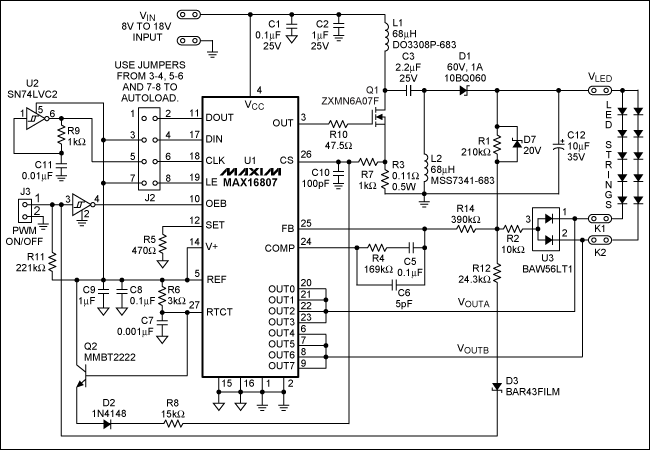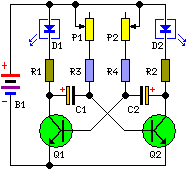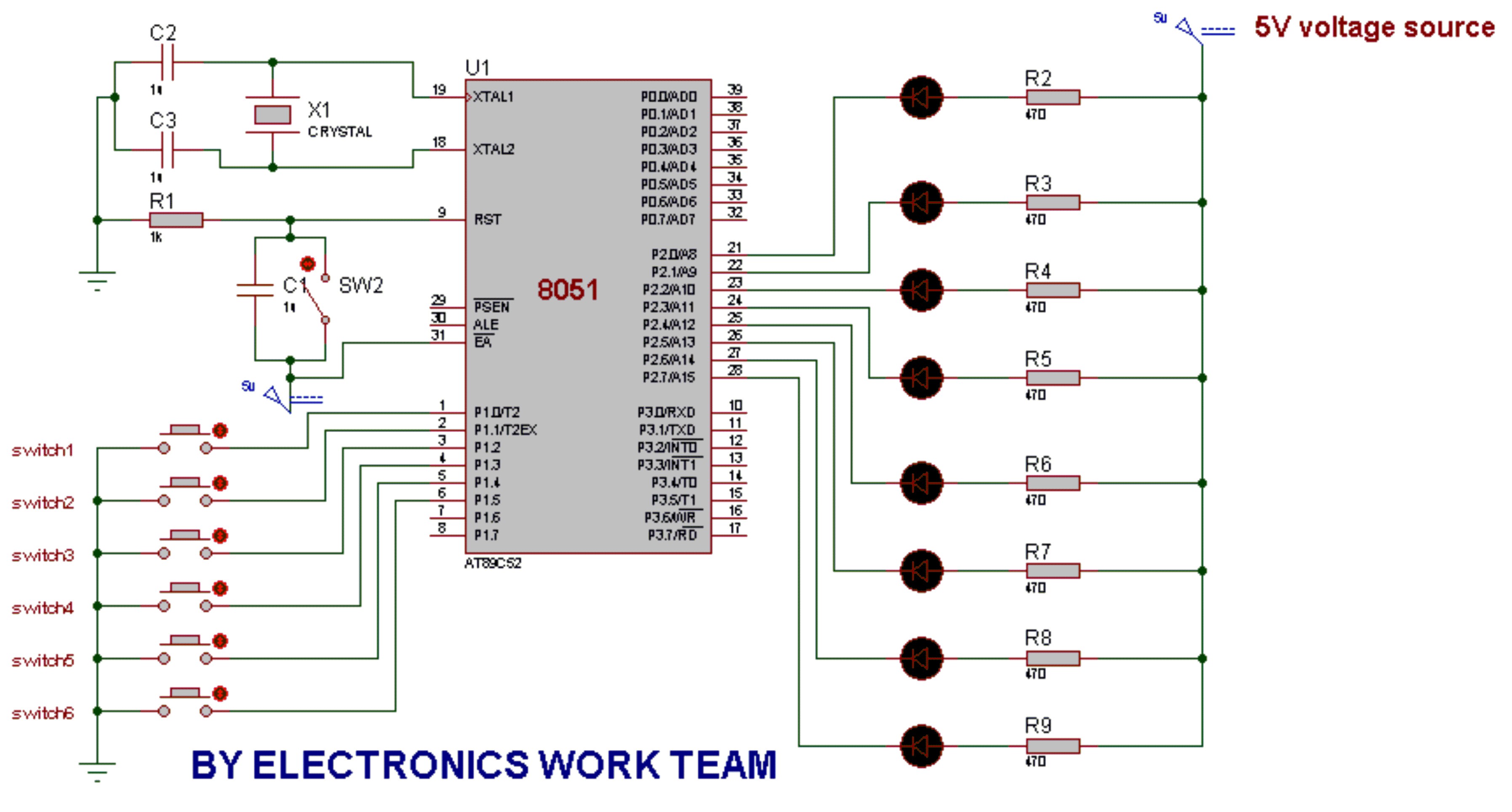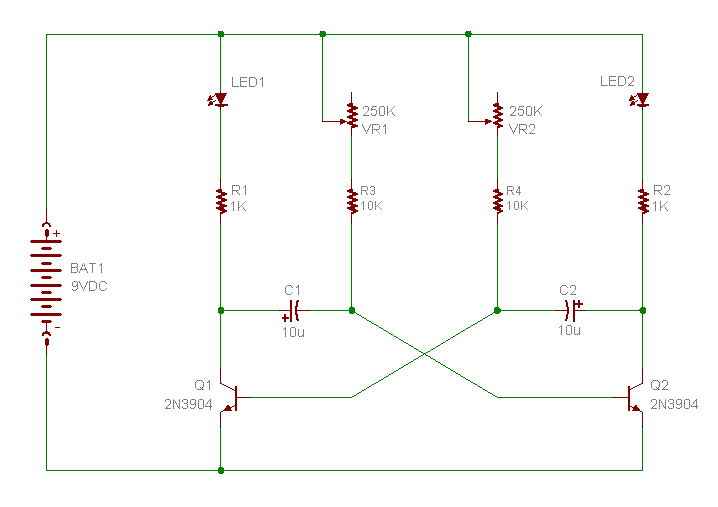
dicing with leds
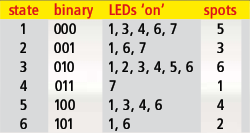
Every DIY enthusiast creates their own electronic dice using LEDs as indicators. This eliminates the need to physically throw the dice; instead, a button press activates the roll. The circuit design ensures fairness by preventing manipulation of the outcome, much to the dismay of those who might wish to alter their luck. This project demonstrates that a compact electronic die can be constructed using standard components, with the primary element being a 4060 digital counter (IC1).
The electronic dice circuit utilizes a 4060 digital counter, which serves as the core component for generating random numbers corresponding to the dice faces. The circuit also incorporates a series of light-emitting diodes (LEDs) that represent the numbers 1 through 6. The user activates the circuit by pressing a button, which triggers the counting process within the 4060 IC.
The 4060 counter operates by counting pulses generated from an external clock source, which can be derived from an RC oscillator or another timing circuit. The output from the counter is configured to cycle through the states that correspond to the values displayed on the LEDs. Each state corresponds to a specific number on the die, and the LEDs light up accordingly to indicate the result of the roll.
To ensure that the dice remain fair and cannot be tampered with, the circuit may include additional features such as a reset mechanism that returns the counter to its initial state after a roll. This prevents the user from influencing the outcome by attempting to manipulate the circuit during operation.
The compact nature of the design allows for easy integration into various DIY projects, making it a popular choice among hobbyists. The use of standard components also ensures that the circuit can be easily replicated and modified for different applications. Overall, this electronic dice project exemplifies the creativity and ingenuity of DIY electronics enthusiasts, offering a fun and interactive way to engage with basic circuit design principles.Every self-respecting DIYer makes his own electronic dice with LEDs as spots. Then you don t have to throw the dice anymore just push the button. The electronics also ensures that nobody can try to improve his luck by fiddling with the dice. Too bad for sore losers! This circuit proves that an electronic die built using standard components can be made quite compact. The key component of here is a type 4060 digital counter (IC1).. 🔗 External reference
The electronic dice circuit utilizes a 4060 digital counter, which serves as the core component for generating random numbers corresponding to the dice faces. The circuit also incorporates a series of light-emitting diodes (LEDs) that represent the numbers 1 through 6. The user activates the circuit by pressing a button, which triggers the counting process within the 4060 IC.
The 4060 counter operates by counting pulses generated from an external clock source, which can be derived from an RC oscillator or another timing circuit. The output from the counter is configured to cycle through the states that correspond to the values displayed on the LEDs. Each state corresponds to a specific number on the die, and the LEDs light up accordingly to indicate the result of the roll.
To ensure that the dice remain fair and cannot be tampered with, the circuit may include additional features such as a reset mechanism that returns the counter to its initial state after a roll. This prevents the user from influencing the outcome by attempting to manipulate the circuit during operation.
The compact nature of the design allows for easy integration into various DIY projects, making it a popular choice among hobbyists. The use of standard components also ensures that the circuit can be easily replicated and modified for different applications. Overall, this electronic dice project exemplifies the creativity and ingenuity of DIY electronics enthusiasts, offering a fun and interactive way to engage with basic circuit design principles.Every self-respecting DIYer makes his own electronic dice with LEDs as spots. Then you don t have to throw the dice anymore just push the button. The electronics also ensures that nobody can try to improve his luck by fiddling with the dice. Too bad for sore losers! This circuit proves that an electronic die built using standard components can be made quite compact. The key component of here is a type 4060 digital counter (IC1).. 🔗 External reference
